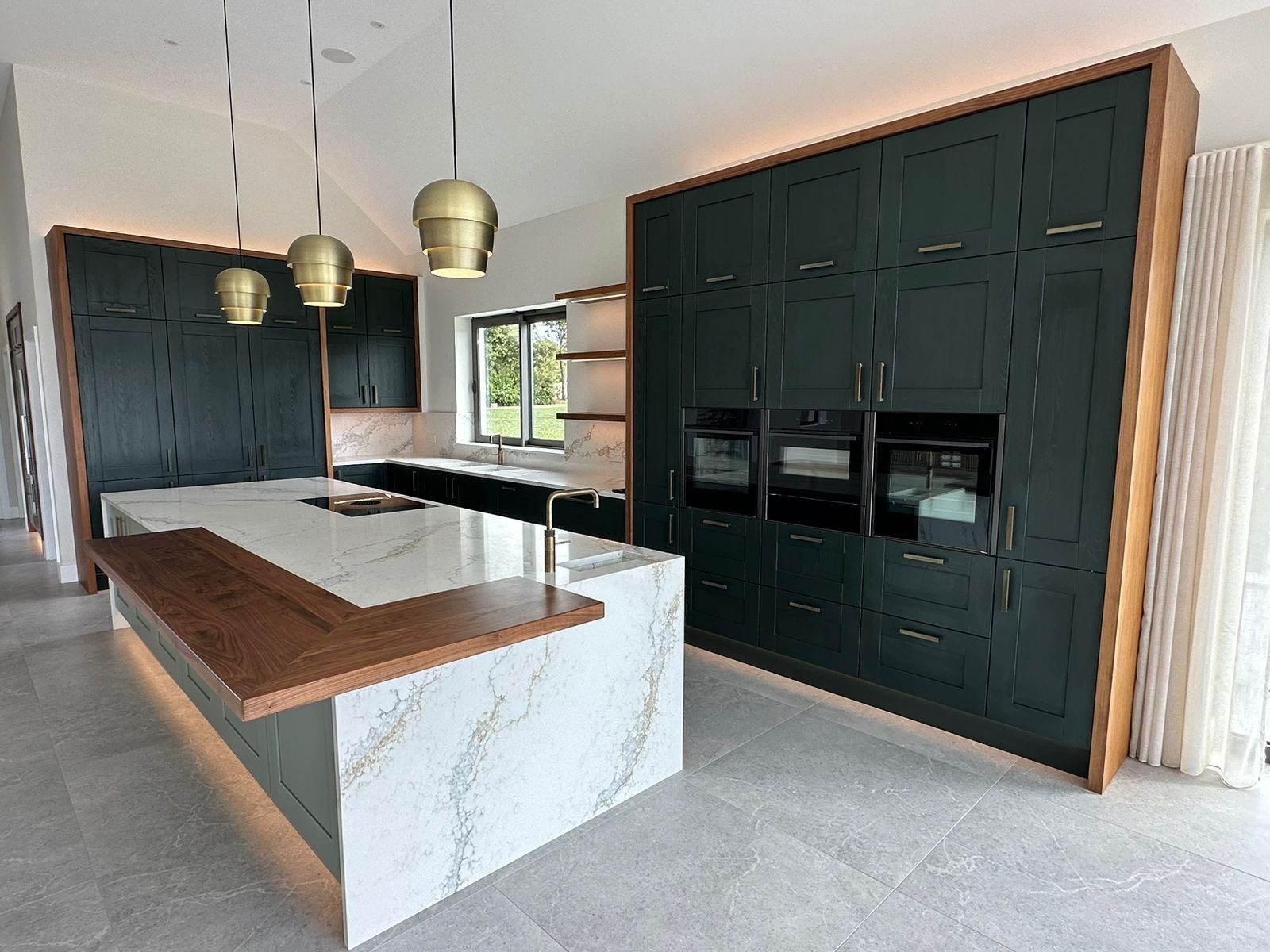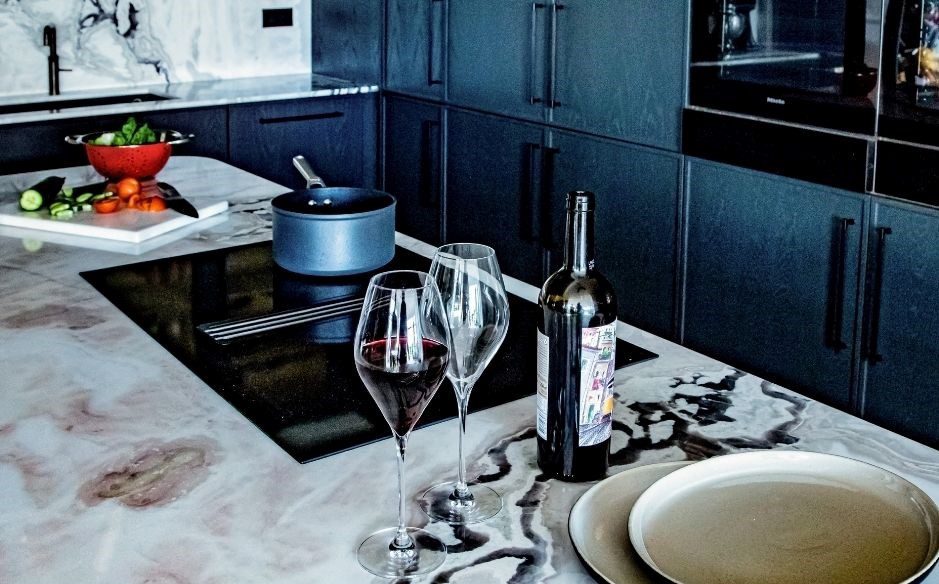
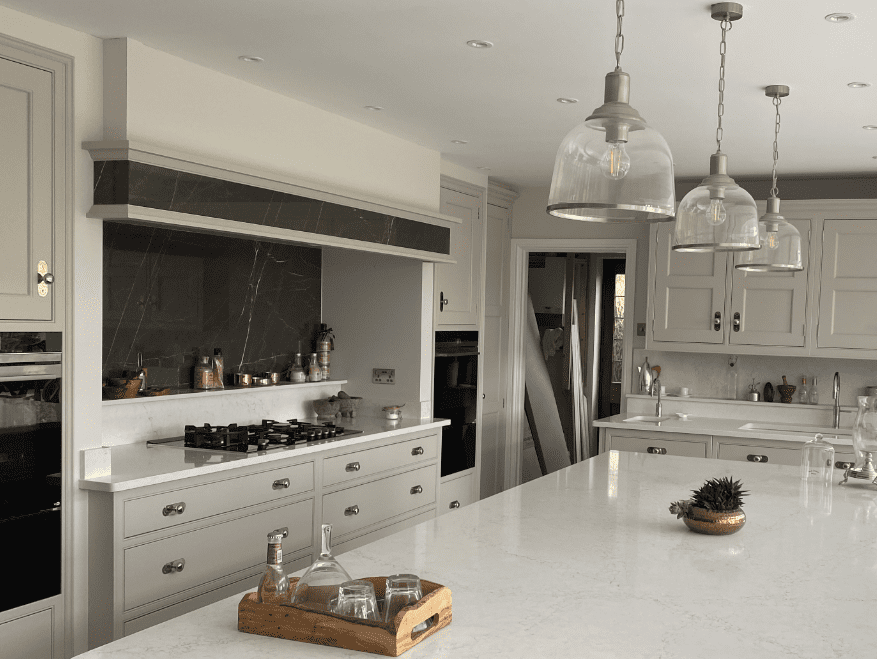
Technically Speaking – Hobs, Cookers & Extractors
The Great British Bake Off is back and Professional Masterchef contestants are sharpening their knives. You may not be a gastronomic gourmet, but food preparation is without doubt the central function of any kitchen. In the first of a series of Technical Guides, we turn our attention to worktop considerations surrounding the task of cooking. […]
The Great British Bake Off is back and Professional Masterchef contestants are sharpening their knives. You may not be a gastronomic gourmet, but food preparation is without doubt the central function of any kitchen. In the first of a series of Technical Guides, we turn our attention to worktop considerations surrounding the task of cooking.
Hob-bits
Ultimately, the choice of heat source is determined by which utilities are connected to your property. Gas and electric hobs can both be used with quartz, natural stone or sintered stone worktops. For most hobs all that’s required is an unpolished cut-out. To achieve a neat flush finish, select a hob that can be recessed into the worktop. The exception to a single cut-out is the Novy gas hob, with individual burner and control cut-outs.
When specifying 20mm worktops, do check the compatibility of your hob. This is most relevant if the configuration has drawers or an oven positioned directly beneath the hob. If in doubt consult the Manufacturers Fitting Guidance or speak to your kitchen designer.
Heatproof versus Heat Resistant
Although all stone surfaces can protect against the spread of fire, there are some individual differences in relation to kitchen heat performance. Granite is formed from deep into the earth’s core, so the heat from pots and pans is unlikely to damage it. Quartz countertops are considered heat resistant, but caution should be taken as they can get damaged from exposure to excess heat. Scorching of the resin can occur if the worktop is mistreated. Sintered stones such as Dekton, Ceralsio & Neolith are most heat-resistant manmade worktops. They are marketed as heatproof.
All stone surfaces stay cool to the touch. Thermal Shock is the main cause breaks or cracks, when placing extremely hot pans or casseroles directly out of the oven onto a countertop. For this reason, throughout the industry, the recommendation is to use coasters, hot pads, or trivets as protection.
Aga Sagas
Surrounding Agas, Everhots and other free-standing cookers, a stone worktop is an excellent decision. Especially in preference to wood, which can dry out and warp due to the heat. At templating, it’s important that cookers are in position and levelled to ensure the worktops fit snugly and neatly on all sides.
In period homes, range cookers are often positioned within the recess of a former fireplace. For renovations and new builds, the construction of a mantle provides focus around the range cooker and can provide additional concealed storage. If upstands are required around the base, it needs to be fully constructed prior to templating.
Overhead Extractor v Cooker Hood v Downdraft Extractor
Chances are you will have some form of ducting or ventilation to eliminate smoke, heat, steam, grease and fumes from the air. Some are designed to be seen, some are concealed within cabinets, while others are integrated into the actual hob itself.
As with hobs, a separate downdraft extractor will require its own unpolished cut-out & needs to be on site but not fitted at templating. Overhead extractors/cooker hoods need to be installed prior to templating if we are measuring for a splashback or wall cladding.
If you have any further questions or would like to request our Template Checklist, please contact the showroom [email protected] or call 01869 324442
Related Articles

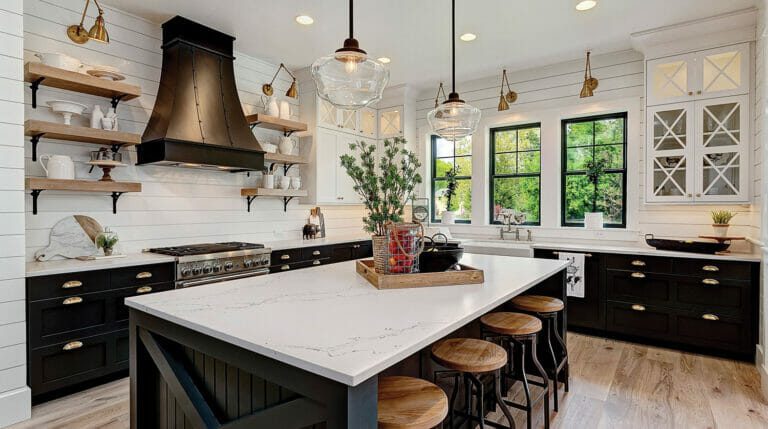
Planning a 2026 Renovation Project? Here’s Why You Should Choose Your Worktops Early
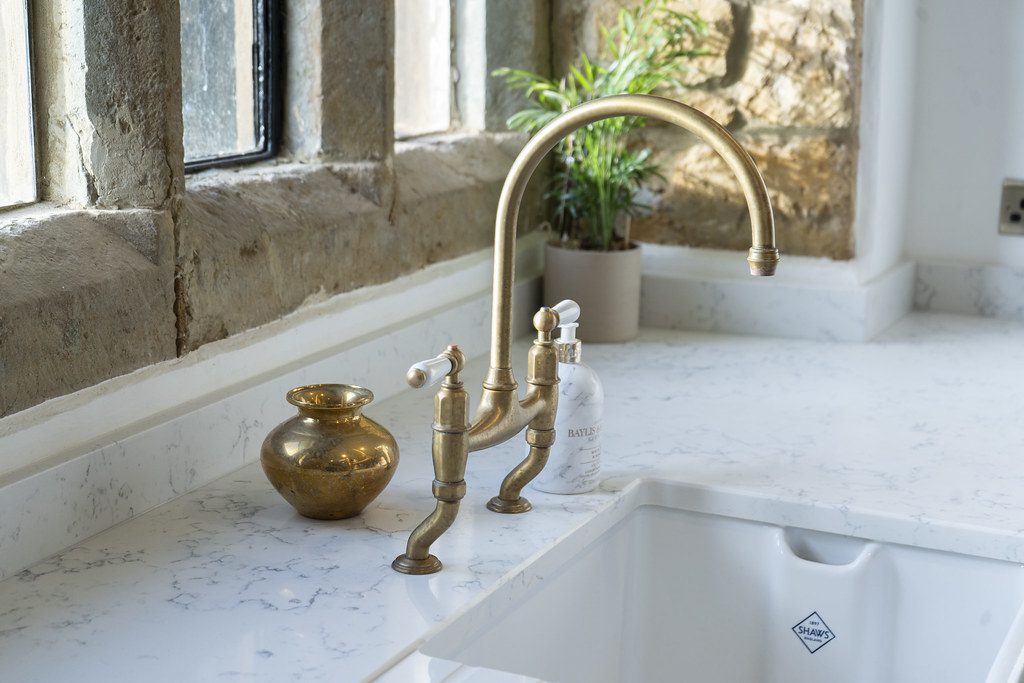
The Eterno Collection – Timeless Quartz for Modern Living
